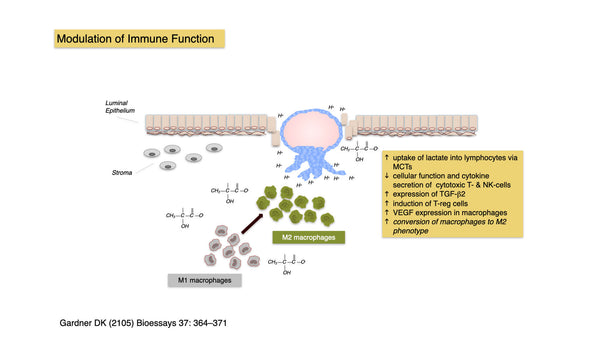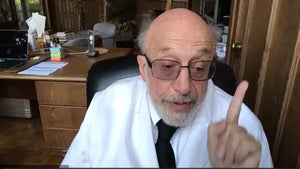
The Curious Case of Lactate, a Blastocyst and an Endometrium

Donate
At the International IVF Initiative, we are committed to providing free access to our educational sessions, webinars, and resources for professionals and individuals passionate about advancing reproductive medicine. We believe that cost should never be a barrier to knowledge and collaboration. By contributing, you’re ensuring that valuable educational resources, expert insights, and collaborative opportunities remain open to all without financial barriers. Together, we can continue to foster a global community dedicated to innovation and excellence in the field of IVF.
Your Donation
Thank you!
The Curious Case of Lactate, a Blastocyst and an Endometrium
Lactate is typically considered a “waste-product” of glucose metabolism, produced through glycolysis, when there is insufficient oxygen available.
But why does the blastocyst produce significant quantities of lactate even when there is an abundance of oxygen?
The answer to this question will make you rethink completely the significance of metabolic functions, and you will discover that this quirky metabolic trait is a prerequisite for a tissue that needs to invade, establish a blood supply and avoid immuno rejection. Spoiler alert – cancers use the same trick as our beautiful blastocysts to invade surrounding tissues!
PROFESSOR DAVID K. GARDNER, FAA

David is the Scientific Director of Melbourne IVF and a Distinguished Professor in the School of BioSciences, University of Melbourne.
He completed his PhD (1987) at the University of York. In 1988 he moved to Harvard Medical School, after which he moved to Monash, Australia, in 1989. In 1997 became the Scientific Director of the Colorado Centre for Reproductive Medicine in Denver, where his work on human embryo culture conditions revolutionised how human IVF is performed today with the introduction of blastocyst transfer.
In 2007 he was appointed Professor at the University of Melbourne and promoted to the level of Distinguished Professor in 2018. He has published over 285 papers and chapters and has edited 15 books, and is one of the mostly highly cited scientists in Reproductive Medicine, with over 25,000 citations and an H Factor of 91.
In 2017 in recognition of his many significant contributions to reproductive sciences he was elected as a Fellow into the Australian Academy of Science (FAA) and further was the recipient of the Distinguished Researcher Award from the American Society of Reproductive Medicine.






































































































